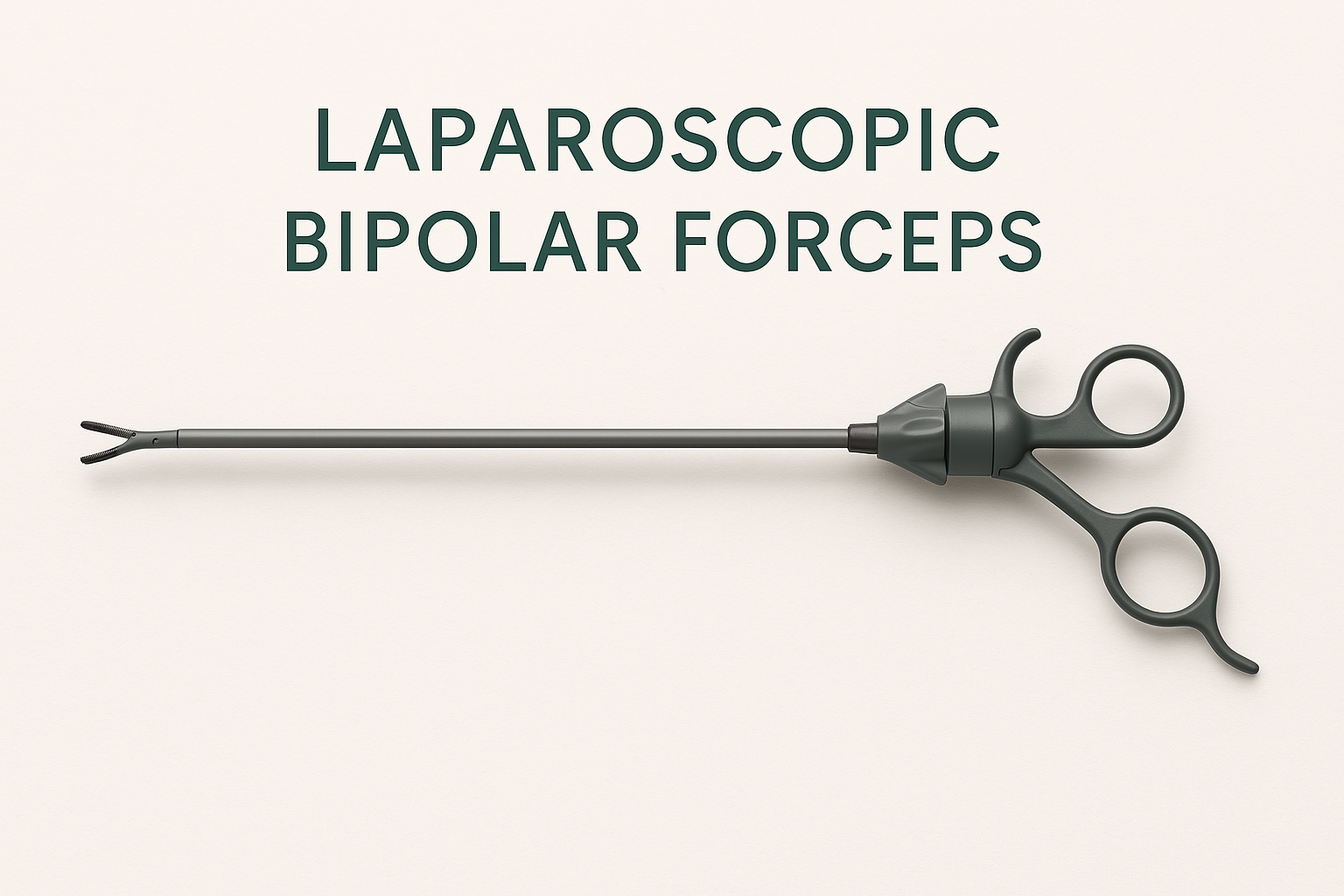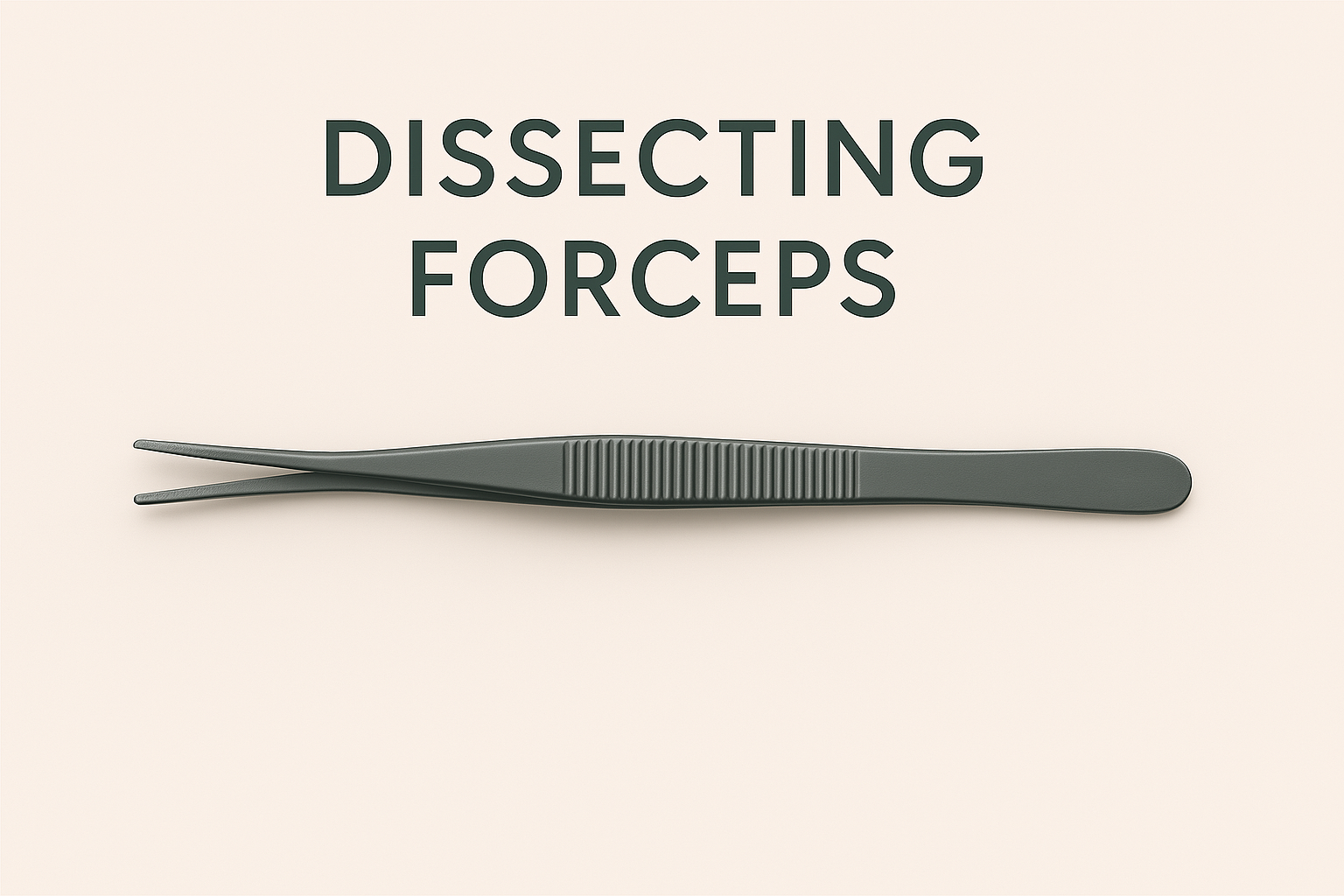When ‘Blame-Free’ Is Just a Word: Finding Strength Beyond Empty Promises
When a “blame free culture” exists only on paper, it hurts the people who believe in it. I learned the hard way that words without action create fear and silence. But through protecting my peace, finding allies, and reclaiming my worth, I discovered strength beyond empty promises.











